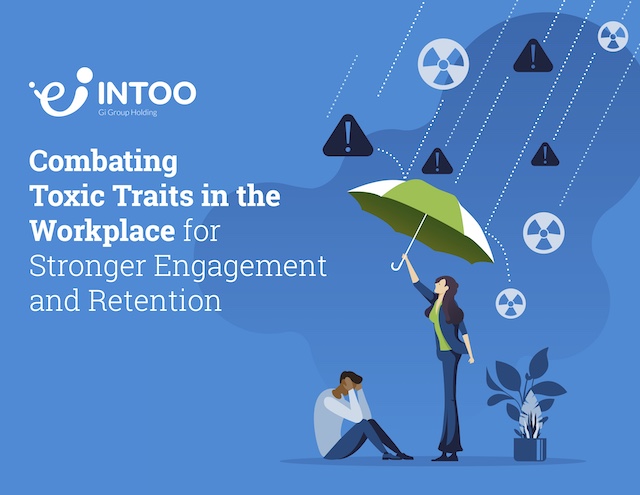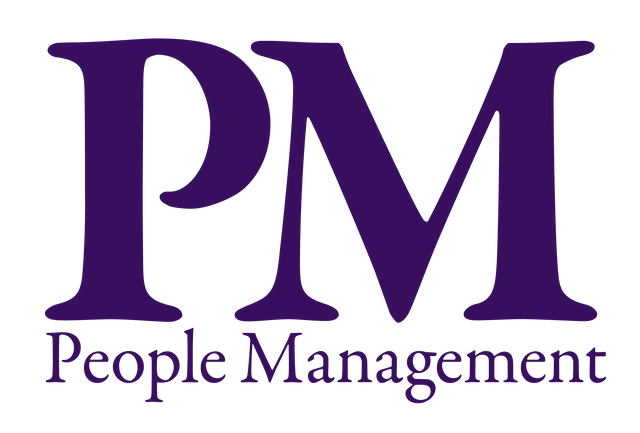A highly engaged and productive workforce drives customer satisfaction, groundbreaking ideas, and a company’s overall success. But how do you unlock employees’ potential and empower them to deliver their best work consistently?
This article explores ten key strategies managers and business leaders can implement in 2024 to significantly improve employee performance. These strategies move beyond traditional methods and incorporate modern approaches that cater to today’s workforce’s evolving needs and expectations. By fostering a culture of transparency, continuous learning, and well-being, you can create an environment where employees are motivated, engaged, and equipped to excel. The result? A team that consistently delivers high-quality work, drives innovation, and propels your business forward.
Looking to build and advance your company’s culture? Download this guide for practical tips.
What Are the Less Obvious Risks of Poor Employee Performance?
Poor employee performance can have less obvious but significant risks that affect both individuals and organizations:
- It can lead to decreased morale among other team members, who may feel burdened by picking up the slack. This can lead to resentment and decreased productivity across the board.
- It can harm the company’s reputation both internally and externally. Internally, a culture of underperformance can become ingrained, making it difficult to attract and retain top talent. Externally, customers may notice a decline in product or service quality, damaging the company’s brand and leading to lost business.
- It can result in missed opportunities for innovation and growth. When employees are not performing at their best, they are less likely to contribute new ideas or solutions to challenges, stifling innovation and hindering the company’s ability to adapt to changing market conditions.
- Poor performance can also increase the likelihood of legal and compliance issues, especially in regulated industries where errors or negligence can have serious consequences.
Overall, poor employee performance impacts beyond individual output and can have far-reaching consequences for the entire organization.
10 Steps to Significantly Improve Employee Performance in 2024
The modern workforce thrives on growth and development. By implementing these ten strategies, team managers and business leaders can significantly improve employee performance in 2024:
1. Personalized learning and development
Leverage assessments and employee feedback to pinpoint each individual’s strengths and opportunity areas. Doing so allows you to design personalized learning journeys. These journeys can incorporate a variety of programming, including workshops, online courses and training, career coaching, and mentorship programs.
By choosing a tailored selection of programs for each employee, the team members can get the greatest benefit, maximizing their growth and focusing on areas that will significantly impact their success.
2. Micro-feedback and coaching
While annual performance reviews continue to be an important part of reviewing and setting goals, looking back, and planning for the future, continuous feedback with frequent check-ins is vital to performance improvement. These check-ins can be informal chats or more structured meetings. The key is to provide specific and actionable feedback in real time. Instead of waiting months to tell someone their presentation could have been stronger, offer constructive criticism immediately. This information allows them to adjust their approach and improve performance on the next presentation. Micro-feedback empowers employees to course-correct quickly and stay on track to achieving their goals.
3. Performance gamification
People are naturally driven by a desire to compete and win rewards. You can leverage this natural motivation by implementing gamification elements into your work processes. For example, a sales team may use a leaderboard to track the number of each team member’s closed deals. This healthy competition can motivate individuals to push themselves and achieve better results. Badges can be awarded for reaching milestones, such as completing a training module or exceeding a sales target. Points earned can be redeemed for small rewards or used to climb the leaderboard.
4. Focus on well-being and work-life balance
Employees who are burnt out are not only unhappy but also less productive. To combat burnout from work, focus on promoting a healthy work-life balance through flexible work arrangements. For example, allowing remote work and adjusted hours can significantly reduce stress. Additionally, employees should be encouraged to take breaks throughout the day to recharge and avoid burnout. Prioritizing mental health initiatives is also crucial. Consider offering access to meditation apps or on-site yoga sessions to provide employees with tools to manage stress and improve their overall well-being. Investing in employee well-being creates a happier and more productive workforce.

5. Amplify internal communication and transparency
Employees who feel informed and valued are demonstrably more engaged in their work. Foster a culture of open communication by holding regular company-wide meetings, often called town halls. These meetings can be used to share company goals and progress reports and answer employee questions. Additionally, create communication channels like Slack groups where employees can connect, share ideas, and collaborate. Encouraging upward feedback is vital. Employees should feel comfortable providing suggestions or voicing management concerns. By fostering transparency and open communication, you keep everyone on the same page and ensure employees feel valued as team members.
6. Use tools that enhance remote and hybrid work models
Bridging the physical distance of remote and hybrid work environments requires investment in collaboration tools. Video conferencing platforms, project management software, and instant messaging tools can all help facilitate seamless communication and teamwork, even when employees are scattered across different locations. Additionally, creating a solid virtual work culture is essential. This can be achieved by fostering online communities, scheduling regular virtual team-building activities, and ensuring remote employees feel connected and valued as part of the team. Incorporating solutions that help employees accomplish their daily tasks away from the office helps them stay connected, collaborate effectively, and improve their performance.
7. Invest in employee recognition and appreciation
A simple “well done” is a good start, but a robust recognition and rewards system motivates employees and reinforces desired behaviors. Design a system that acknowledges exemplary performance and contributions across all levels. This could include financial rewards like bonuses or profit-sharing, career advancement opportunities through promotions, or public praise through company-wide announcements or recognition boards. The key is to tailor rewards to individual preferences. For example, one might appreciate a public shout-out, while another may want the chance to work on a challenging new project. By recognizing and rewarding high performance, you convey that hard work and dedication are valued, motivating employees to strive for excellence.
8. Empower employees through delegation and ownership
Micromanagement stifles creativity and hinders growth. Instead, delegate tasks appropriately based on skillset and experience. Trust your employees to take ownership of their projects. This empowers them to make decisions, solve problems independently, and take pride in their work. As they navigate challenges and overcome obstacles, their decision-making skills will naturally improve, creating a sense of responsibility and boosting their confidence. Of course, it’s important to provide ongoing support and guidance while allowing them the autonomy to manage their workflow and approach tasks creatively.
9. Leverage AI-powered tools
AI tools have revolutionized employee performance by offering a myriad of benefits across various domains. Firstly, AI-powered analytics can efficiently process large volumes of data to provide actionable insights, enabling employees to make data-driven decisions swiftly. Moreover, AI chatbots facilitate instant access to information, enhancing productivity and reducing downtime. Furthermore, AI tools can automate repetitive tasks, which allows employees to dedicate time to high-value activities that require creativity and critical thinking.
10. Foster a culture of continuous learning
Learning should be a lifelong journey. Cultivate a culture where continuous learning is encouraged and supported. Provide opportunities for employees to pursue professional certifications, attend industry conferences, or take online courses to develop their skill sets. This benefits the individual and keeps your workforce at the forefront of industry trends and best practices. Encourage employees to share what they’ve learned with colleagues through brown-bag lunch sessions or knowledge-sharing workshops. This fosters collaboration and creates a positive company culture where everyone can benefit from the expertise of others.
Help your employees take charge of their careers. Download these tips to make career development conversations more meaningful.
Improve Employee Performance at Work Now
By implementing these strategies, your team members can begin to transform their performance. INTOO offers comprehensive career development and training programs to empower your employees on their growth journey. These programs, tailored to address individual needs, will equip your employees with the skills and knowledge they need to excel in their roles. Contact us today to learn more.











